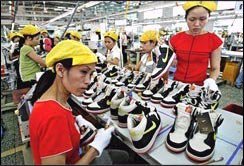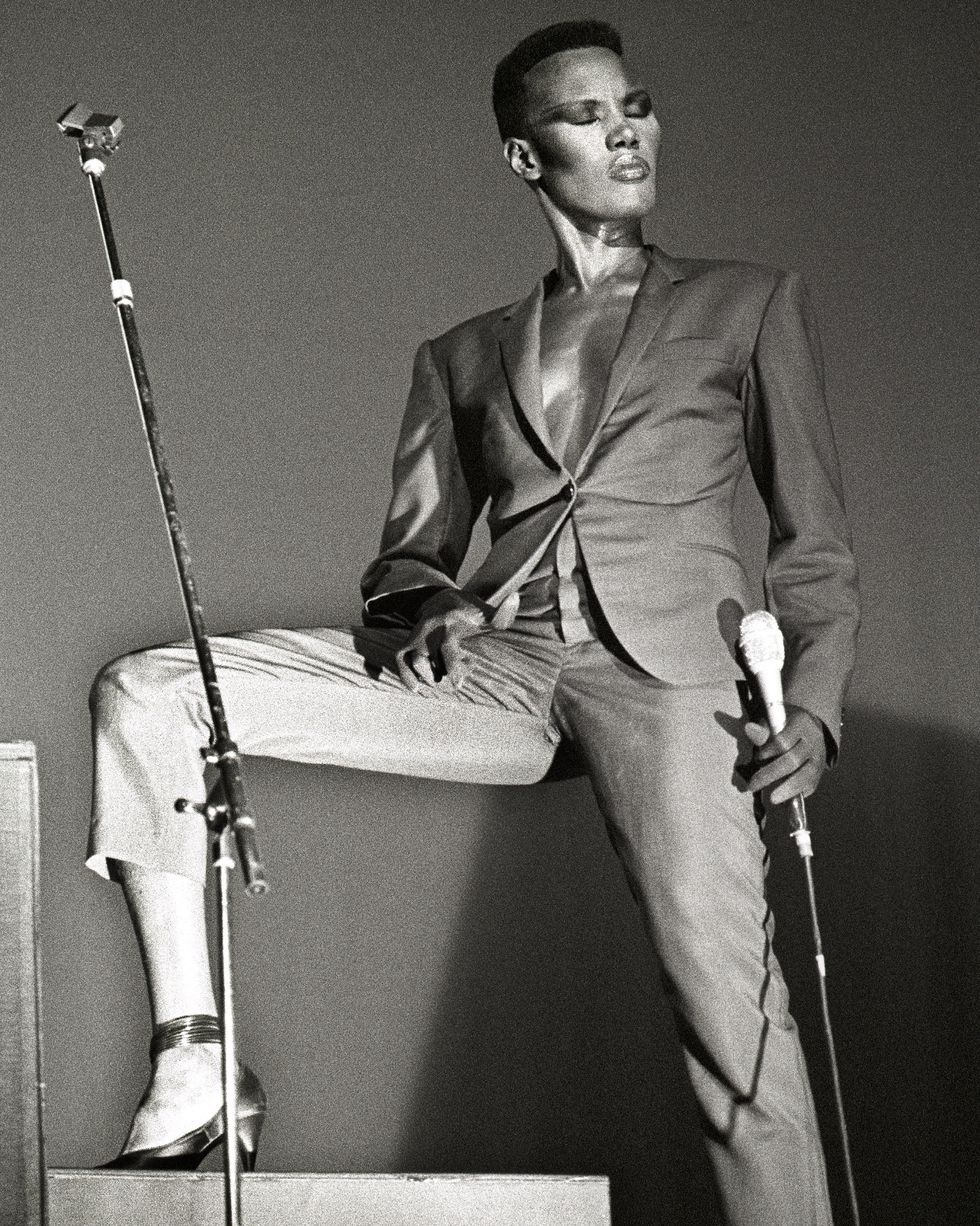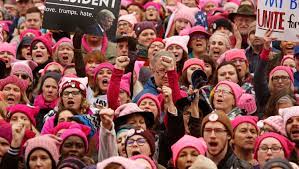 |
||||
|
Feminist Fashion
Empowering Style: A Journey through the History of Feminist FashionFashion has long been a powerful form of self-expression, and throughout history, it has also served as a vehicle for feminist ideals. This article explores the dynamic relationship between feminism and fashion, tracing the evolution of feminist fashion from the early suffragette movement to the contemporary intersectional feminist expressions. Suffragette Style: In the late 19th and early 20th centuries, suffragettes utilized fashion as a visual tool to convey their political message. Wearing colors such as purple, white, and green, suffragettes showcased their unity and determination. Sashes, ribbons, and badges with suffrage symbols became iconic elements of suffragette fashion, symbolizing the fight for women's right to vote and challenging traditional gender norms. Liberation through Clothing: During the 1960s and 1970s, the second wave feminist movement brought about significant changes in women's fashion. Women rejected restrictive clothing such as corsets and embraced more comfortable and practical styles. The rise of unisex fashion reflected the movement's aim to challenge gender stereotypes and promote equality. Women's liberation activists also burned bras as a symbolic act of resistance against the objectification of women's bodies. Power Dressing: In the 1980s, the concept of power dressing emerged, blending elements of feminism with professional attire. Women embraced tailored suits, shoulder pads, and bold accessories to assert their authority and challenge traditional notions of femininity. Power dressing aimed to challenge the male-dominated corporate world and project an image of strength and confidence. Riot Grrrl Style: In the 1990s, the riot grrrl movement combined feminism with punk aesthetics, creating a unique fashion statement. Riot grrrls embraced DIY (Do It Yourself) culture, creating their own clothing, zines, and band merchandise. They used fashion as a means of reclaiming their bodies, challenging societal expectations, and expressing their resistance against sexism and misogyny. Intersectional Feminist Fashion: As feminism evolved to embrace intersectionality, so did feminist fashion. Intersectional feminist fashion seeks to challenge multiple forms of oppression, including racism, ableism, and homophobia. It celebrates diversity, embraces body positivity, and amplifies the voices and experiences of marginalized communities. Intersectional feminist fashion encourages ethical and sustainable choices, supporting brands that prioritize fair labor practices and eco-conscious manufacturing. Reclaiming Feminine Symbols: Contemporary feminist fashion has also witnessed the reappropriation of traditionally feminine symbols. Feminist designers and activists have transformed items such as pink clothing, floral prints, and high heels, reclaiming them as expressions of empowerment rather than tools of oppression. By subverting societal expectations and embracing femininity on their terms, individuals challenge narrow definitions of what it means to be a feminist. Fashion Activism: Fashion activism has become a significant aspect of feminist fashion. Through slogan tees, statement accessories, and wearable art, individuals use fashion as a medium to raise awareness about social issues, advocate for gender equality, and spark important conversations. Fashion collaborations with feminist organizations and the use of social media as a platform for feminist fashion activism have further amplified the impact of fashion as a tool for social change. Conclusion: The history of feminist fashion is a testament to the dynamic relationship between feminism and style. From suffragettes to contemporary intersectional feminists, fashion has been utilized to challenge societal norms, promote gender equality, and express individuality. Feminist fashion celebrates diversity, empowers individuals, and contributes to the ongoing dialogue surrounding gender, identity, and social justice. As feminism continues to evolve, so too will feminist fashion, reflecting the ever-changing landscape of feminist ideals and the powerful role fashion plays in shaping our cultural narratives.
FashionistasFashion can be both a tool and a lead weight to feminists. On one side we want to look professional and on the other side we still want to have our fun too. Its all about making choices and having the freedom to wear the pants when we want to and still have the choice to wear feminine clothing when we want to.
Feminist Fashion and Clothes of the 1970s to the Present
|
|
|||
|
|
||||
|
Feminist Fashion and Clothes of the 1970s to the Present
The 1970s and 1980s:The rise in androgynous fashion in the 1970s and 1980s was popularised by style icons like Grace Jones, which in turn helped free women from traditional hyper-feminine styling in clothing.
The 1990s:This androgynous trend continued into the 1990s with the grunge movement helping to popularise unisex wardrobe staples, like ripped jeans, flannel shirts, and the use of plaid for both men and women. The 1990s also saw the rise of feminism's third wave, spurred on by the underground feminist punk movement Riot Grrrl which led to more women wearing black and grey and gender neutral colours. These female punk bands (and online "bloggers" during the late 1990s, although they weren't called bloggers at the time) addressed issues such as domestic abuse, sexuality, patriarchy, and female empowerment, with their clothing reflecting their feminist stance. The musicians and bloggers embraced gender neutral garments, bold graphic messages, reclaimed feminine motifs, such as the colour pink, giving them a new tougher, feminist meaning.
The 2000s and 2010s:
2017 saw women across the world don 'hot pink pussy hats' during the global Women's Marches which took place in response to Donald Trump's inauguration, and the 2018 Golden Globes' red carpet was dominated by stars wearing black in support of the Time's Up movement. In 2020 Natalie Portman gracing the Oscars red carpet wearing a Dior dress overlaid with a cape featuring the names of snubbed female designers embroidered in gold thread. However in the fashion industry itself, we have seen many major design houses appoint their first ever female directors in recent years. Maria Grazia Chiuri made her debut for Dior in 2016, and in 2017 Clare Waight Keller took over at Givenchy. The fashion industry finally seems to slowly be moving in a direction which favours gender equality, but behind-the-scenes its a very different story. The fashion industry as a whole is still largely run on cheap labour, primarily Asian women and children working in slavery-like conditions, with Vogue Australia reporting that "about 80 per cent of garment workers globally are women, most aged between 18 and 35." And most of them are working in sweatshops, barely paid anything for their work, and they have children to feed so they don't have much choice except to work in the sweatshops. The fashion industry needs to change internally, and consumers need to do more to boycott brands that use sweatshop labour. There are things we consumers can do to help. Social media and consumer culture has shifted to put pressure on clothing brands to produce their products ethically, and the movement to avoid fast fashion is certainly a step in the right direction. As feminist consumers it has become crucial that we research the brands that we are buying from in order to ensure that the money we spend doesn't end up supporting sweatshop slavery.
The 2020s:Not everything has been good however during the past 50 years of fashion. Remember low rise jeans? Well, some people are trying to bring them back. Plus now there are push up jeans, which aim to show off a woman's posterior curves - which is great if you're a post-feminist who likes choice, but not so great if you see this as a step backwards. 2020 also saw the rise of the newest gender neutral fashion accessory, skyrocketing to number 1 in popularity thanks to the Coronavirus: The face mask! This hot ticket little number now allows you to mouth the words "f*** you" to the patriarchy without them being able to hear or see what you are saying. Try it out. Makes me feel better every time I say it to the Trumpite / flatearther morons who refuse to wear a mask.
|
||||
 |
Health Matters - Historical Feminism - International Feminism - Lesbian Feminism - Male Feminism - Modern Feminism - Musical Feminism Philosophy of Feminism - Postfeminism - Pro-Choice Feminism - Quotes by Feminists - Religion and Feminism - Sports and Feminism |
 |
||


